Want to learn how to set up a healthy aquarium using a fish-in nitrogen cycle? Are you a new aquarium owner or confused with no idea how to perform a Fish-in-Cycle? I’m here to clear up your confusion and teach you how to set up and maintain a healthy aquarium.

Fish-in cycle refers to a method of completing the nitrogen cycle in your aquarium to protect your fish from ammonia poisoning while fish are present in your tank. This is in contrast to cycling your tank without fish.
However, both methods are meant to accomplish the same goal of producing beneficial bacteria to help process waste from your aquatic pets.
The Nitrogen Cycle Explained
Have you ever wondered where fish waste goes? What happens to their pee and poop after feeding? After all, there’s no toilet in the sea or any water body! I’ll give you a hint — it breaks down into ammonia.
The dangerous ammonia in your aquarium didn’t appear magically but from your precious fish. Thankfully, a nitrogen cycle converts ammonia and other organic waste into good bacteria in three steps.
The Nitrogen cycle breaks ammonia into nitrite and then converts this into nitrate. This cycle doesn’t mean unchecked nitrite levels won’t harm your fish. So, you need nitrate reduction to prevent a build-up that will become harmful.
Here’s how it works:
Ammonia
Ammonia is a by-product of unfinished fish food and decayed organic matter like plants and other decor in your aquarium. As a compound, it’s toxic and harmful to your pets because it contaminates their water.
Nitrite
The first conversion stage in the Nitrogen cycle happens when Nitrosomonas turns ammonia into nitrite through oxidation. This process reduces the toxicity in the water, but your pet isn’t yet out of its danger zone.
Nitrate
Stage three is when Nitrobacter bacteria break nitrite into nitrate to make the water bearable for your fish. Unlike ammonia and nitrite, nitrate isn’t as harmful to sea-dwelling pets. But if left unchecked, it can pile up and become toxic.
So, invest in biological filtration to keep your water clean and change it periodically.
You can also introduce more bacteria to convert the nitrate into nitrogen gas that can evaporate into the air. Or you can plant nitrate-absorbing plants for natural filtration. This process is called Nitrate Reduction.
Let’s set up your fish-in-cycle aquarium.
Setting Up a Fish in Cycle Aquarium

Choose your Tank
Firstly, you must choose the right tank size to contain the number and species of fish you want to breed.
As a first-timer, I recommend getting a medium-sized tank because you’ll be less likely to make huge mistakes. I’m talking tanks that hold 30 to 50 gallons of water.
Aquarium Preparation
Now that you’ve chosen your tank, it’s time to clean and prepare it for your fish. After washing and drying the tank, prep the substrate and decor.
Rinse all decorations from the gravel to the pebbles, woodchips, grass, and other layers. Ensure they’re not dusty or hiding anything that can harm your fish or invertebrates.
Aquarium preparation is an essential part of the fish-in cycle setup and an elaborate process. It also includes setting up a filtration system and adding heaters or conditioners.
Introducing your Fish

After setting up your aquarium, it’s time to acclimate your fish to the water in its new home. Start by selecting fish for cycling based on the kind of aquarium you’ve set up. Match tropical fish to warm biotope aquariums and Antarctica species to cooler waters.
Fill a clean, sealable bag with the water from your aquarium while gently introducing your fish into it. Float the sealed bag inside your tank for 10 – 15 minutes so the temperature in the aquarium can match that in the bag.
Once they’re at the same temperature, gently tear the bag while it’s still floating so your fish can enter the aquarium. And that’s it! See how easy the tank setup process can be? Now, let’s talk about maintaining healthy water in your tank.
Monitoring Water Parameters
Regular water parameter testing during the fish-in cycle keeps you alert to your water’s health. Here’s what to do:
Ammonia Testing
Get an ammonia test kit to show your aquarium’s toxicity level. The kit typically has multiple colors to indicate the ammonia level, from average to harmful. Mount this test kit on the side of your tank and watch the color change.
You can also use an API liquid test for your ammonia testing. It works in reverse by measuring the harmless ammonia in the aquarium. Drop aquarium water from the API ammonia test kit into a test tube and watch the color change.
Use the color indicator card from the test kit linked here and imaged below to determine your result.
Nitrate Nitrite Testing
You can use a simple color test strip and reagent, like the one mentioned in the above section, to determine the nitrite nitrate levels in your water.
Sulfuric acid nitrite testing by dropping some aquarium water in a test tube with sulfate also works. If the water turns dark brown, then the nitrite level is high.
Once you notice a dangerous amount of ammonia, nitrite, or nitrate in your aquarium, it’s time to change the water or clean it. But changing it is safer. The only problem is that this process may become stressful for your fish, especially if they’re sensitive.
You can, however, manage such stress and look out for your fish’s health.
Managing Stress and Health of Fish
The first thing to do for fish stress management is to choose tough breeds! You will save time, energy, and money by keeping hardy fish that can survive water parameter changes. Examples of those are Zebrafish and Guppies.
But if you prefer sensitive species and don’t mind the extra care, here are some tips for monitoring fish health during cycling —
- Monitor Behavioral Patterns: Notice your fish’s mood changes so you can tell the state of the fish’s health during cycling. Are they moving too fast or too slow? Are they eating more or less? How are they interacting with other organisms in the tank? What’s the breathing pattern like?
These behaviors are the biggest signs of fish stress, like humans. Do you know how some people stress-eat while others avoid food instead? That’s how different it is for each fish. - Study Fish Illness: As a fishkeeper, you must do a good job recognizing fish illness because missing the signs can be fatal. When one fish shows signs of disease, I isolate it from the rest to prevent contamination. Also, I realized it’s easier to care for sick fish in isolation than in a group.
Here are some more tips on reducing stress in fish
- Don’t overwork the fish by chasing them or forcing them into nets. Allow them to move freely in the tank.
- Feed them timeously and adequately to prevent competition. But also don’t overfeed them so they’d pass out too much waste and leave uneaten food to become toxic ammonia.
- Ensure the aquarium has enough oxygen so the fish don’t struggle to breathe. This will also help the beneficial bacteria function correctly.
Beneficial Bacteria and Their Role
If you’ve been wondering what “beneficial bacteria” is and how it works, it’s time to get your answers.
Beneficial bacteria are the organisms that convert fish waste in the nitrogen cycle into nitrite and nitrate. They include Nitrosomonas bacteria, Nitrobacter bacteria, and Nitrospira Bacteria.
So, how do you manage aquarium bacteria growth and keep the good from the bad?
- Maintaining a bacterial colony is only healthy with a sound filtration system. Instead of spreading it all over the water, it’ll direct all growth to a particular aquarium area. You can use a biofilter or regular filter.
- This isn’t the time to treat your water or fish inside the aquarium, as the meds may harm the healthy bacteria in the tank.
- An easy way to add nitrifying bacteria is to does your tank with API Quick Start.
You’re almost ready to become a pro at Fish-in Cycle but may still make some common mistakes. Here’s how to avoid them.
Common Mistakes and How to Avoid Them
Overcrowding
Many new fishkeepers get excited when adding new fish to their aquariums and end up overcrowding the space. An overcrowded tank causes competition among the fish. They’d struggle over everything from oxygen to food and movement areas.
Besides struggling, overcrowding fish also means you risk overloading the tank with ammonia, nitrate, and nitrite.
Solution: Slowly add fish during the fish-in cycle. Start with a small number, 1 to 5, and increase them 1 – 2 at a time, depending on the stability of the nitrogen cycle.
Overfeeding
Overfeeding fish is an easy mistake when you don’t gauge the amount of food your pets eat periodically. As you know, too much food means excess waste, leading to high ammonia production.
Solution: Only feed your fish an amount of food they’ll finish within 10 to 15 mins, and remove excess if you miscalculate.
Inadequate Water Changes
Poor water change frequency because you believe your filtration system can handle anything is negligence on your part and will get your fish in trouble. That’s how nitrate levels pile up and harm your fish’s well-being and health.
Solution: Add a coolant or heater depending on the kind of fish in your aquarium, and change the water at least once weekly. You don’t have to drain the tank. Removing a quarter portion of the water is enough to reduce the nitrite and nitrate content.
Avoiding aquarium mistakes is easy when you follow the simple solutions provided. Now, I’ll show you how to maintain your cycled aquarium.
Long-term Maintenance of a Cycled Aquarium
Starting an aquarium can be exciting and seems effortless, but how can you manage long-term aquarium maintenance?
If you’ve been paying attention so far, you’ll have no problem. But here’s a recap and hint to remind you if you got distracted —
- Do regular water changes
- Don’t stop monitoring fish health
- Remember that maintaining beneficial bacteria keeps the nitrogen cycle thriving.
That’s the basics of cycled tank care. See, it’s as easy as learning the alphabet. Check out these answers to some Frequently Asked Questions.
How Long Does the Fish-In-Cycle Process Take?
A standard fish-in cycle duration completes between 4 – 6 weeks, but it can be longer depending on certain factors affecting cycle time.
Large tanks with heavy fish loads will typically take longer than smaller ones if you boost your bacterial colony using a substrate from an established aquarium.
Here’s what a typical cycling process length looks like —
| Week 1 | Ammonia is produced from waste and converted into nitrite. |
| Week 2 & 3 | Rise in nitrite levels |
| Week 3 & 4 | Increased nitrite levels and breakdown into nitrate |
| Week 5 | Reduced ammonia and nitrite levels and increase of nitrate |
| Week 6 | The Nitrogen cycle is complete. Nitrate dominates the aquarium. |
Please remember that this is an average aquarium cycling time and is not guaranteed to always be the same. Consider your aquarium’s peculiarities, including its tank size, number of fish, established bacteria, and water change frequency.
What are the Signs That My Tank is Fully Cycled?

Look out for these fully cycled tank signs so you don’t overdo it and ruin your effort.
When you test your tank, you should always have stable water parameters. That means you should find only nitrate on your result after every aquarium cycling completion.
You’ll also notice your fish are more relaxed and healthier when living in safe aquarium conditions. For easy observation, add any of the available indicators of a cycled tank sold online or in-store to your aquarium.
Can I Add More Fish During the Cycling Process?
Pause. Adding fish during cycling is a bad idea, in my experience. And I’m not just saying that to prevent you from overcrowding the aquarium. There are many risks of adding fish when cycling, such as:
- Increasing ammonia production that’ll outweigh the available beneficial bacteria in the tank.
- Upsetting the water chemistry and stressing out your fish.
- Extending the cycling time and, in the long run, missing your deadline if there’s one.
So, no, I don’t recommend adding fish during cycling. But there’s a way you can practice aquarium fish introduction without the setbacks already listed.
- Monitor the water parameters to ensure ammonia and nitrite are within reasonable levels.
- Introduce your fish in small quantities.
- Observe the behavior of the fish for signs of competition and stress.
Conclusion
Here’s a fish-in-cycle summary for you. I’ve provided solutions for common mistakes but always advise fishkeepers to be patient if they want a successful fish-in cycle process. Keeping a healthy aquarium requires dedication of time and money to proper management.
Maintaining a good nitrogen cycle in your tank is easy when you monitor your water parameters, manage your fish’s health, identify and avoid common mistakes, and educate yourself on proper aquarium management.
Try these tips, and you won’t need me or anyone to sell you the importance of aquarium cycling. Instead, you’d be the enthusiast showing people the better way!

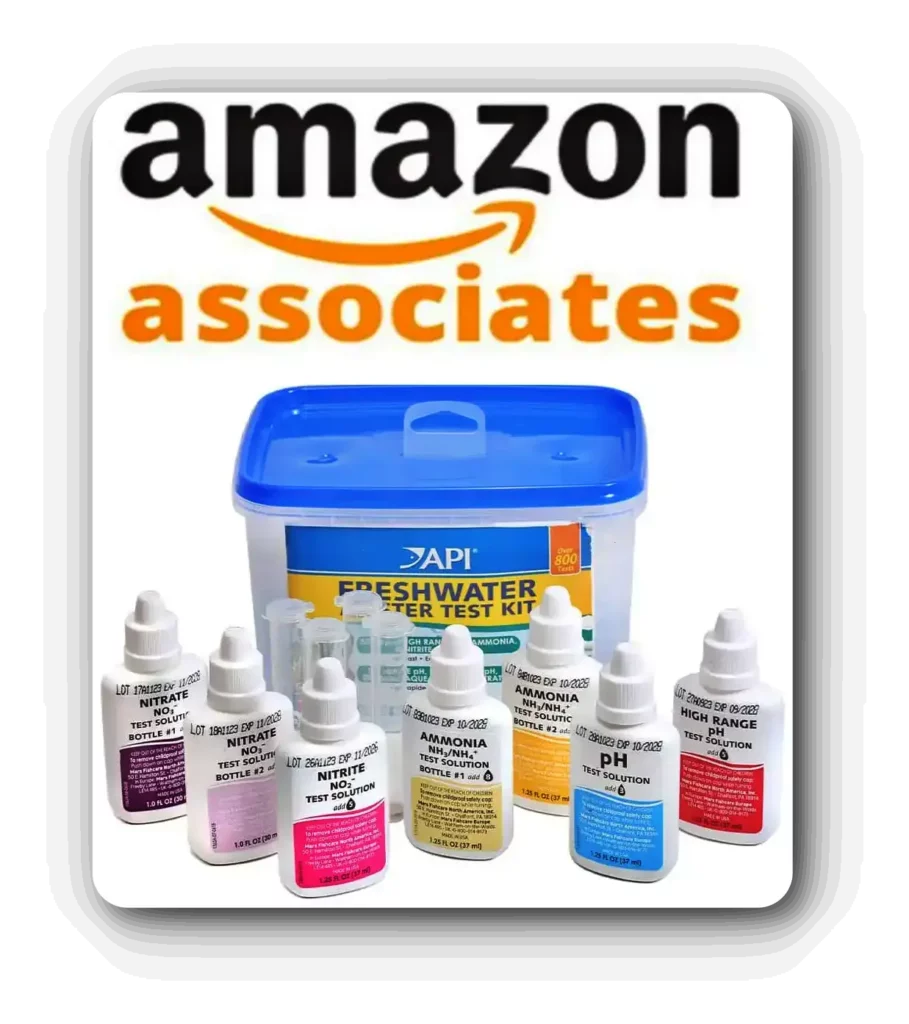



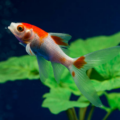
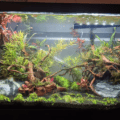

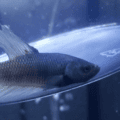
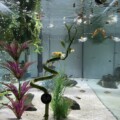
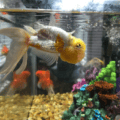
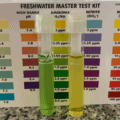
3 thoughts on “Comprehensive Guide to Fish-in-Cycle: Setting Up and Maintaining a Healthy Aquarium”